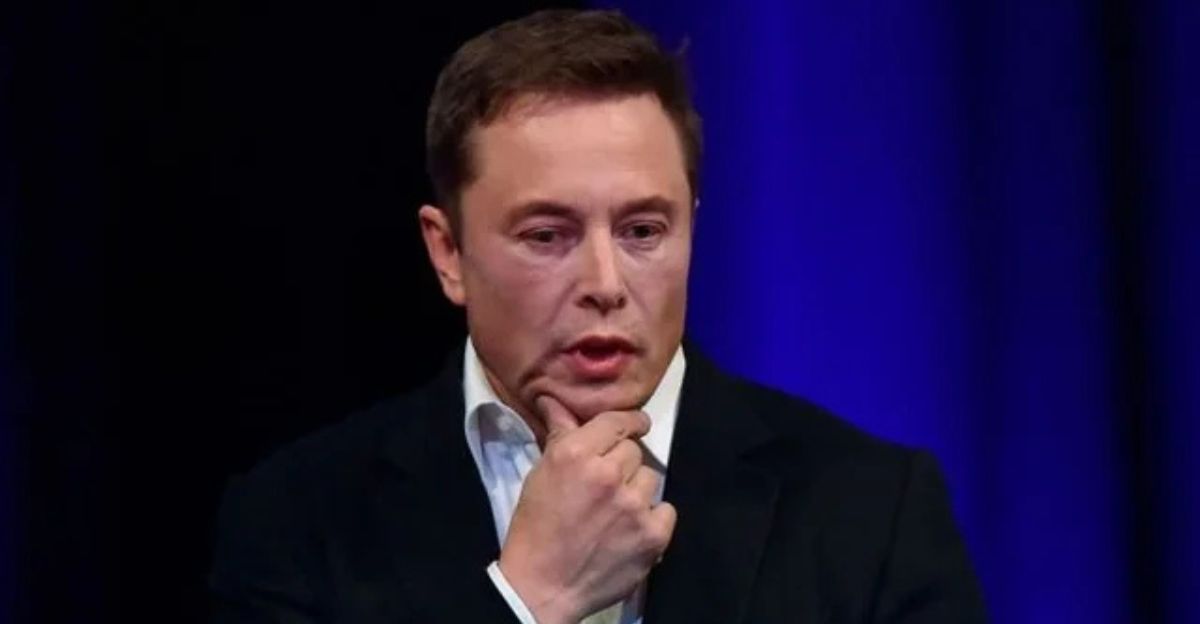
The Department of Government Efficiency (DOGE) is to blame for nearly half of all U.S. layoffs in 2025, a staggering figure that has altered the American job market. The agency, created to streamline federal functions and reduce bloat, has shed 290,117 jobs this year, the biggest government-sector layoff since the Great Recession.
Although DOGE boasts $160 billion in taxpayer savings, detractors point out collateral casualties: nonprofits, education, and private contractors have all lost. The swift speed and magnitude of these reductions have fueled discussion about the real price of efficiency and the future of public sector jobs in America.
DOGE Policies Create Wide Gaps in Job Losses and Economic Strain

DOGE’s dismissals have accounted for 283,172 federal job cuts in the first half of 2025, and nonprofits and schools cut 6,945 jobs as they face ongoing funding shortages.
Government agency layoffs increased 680% from last year, outdoing even the sharpest decline in months in retail and tech. In March alone, federal agencies cut 216,670 jobs.
It’s on par with the worst months of the COVID-19 pandemic. Despite a slowdown in April, DOGE’s influence is still disproportionate, touching one out of every two workers laid off across the country. The agency’s moves have set a new benchmark for reducing the workforce in the public and private sectors.
Musk’s Disruption Strategy Prioritizes Scale, Not Security

After Elon Musk’s corporate template, DOGE’s aggressive approach values rapid expense reduction at the cost of careful transition planning. The agency closed 11 federal agencies and lost over 216,000 jobs in a month, an upheaval similar to the private sector.
Musk admitted to errors like defective layoff notices and service interruptions in agencies like the IRS and Social Security Administration. Opponents claim the dash created confusion, prompting 112,000 workers to reinstate delayed resignations and requiring the reversal of 26,000 unfair dismissals.
This action shows the dangers of applying business-style efficiencies to government service without sufficient protections.
Industry Aftershocks Hit Education and Healthcare Hard

Federal workers may be the most obvious victims, but the Department of Government Efficiency (DOGE) fallout does not stop inside government agency walls. As agencies terminate grants and contracts, nonprofits and schools lose nearly 7,000 jobs.
Private contractors, especially in Maryland and Virginia, have lost over 2,500 jobs as federal projects drag on. Even titans of the technology sector, Intel and UPS, have cited DOGE-driven policy uncertainty as one of the causes of their employee dismissals.
Even the healthcare sector, which has positive growth, faces indirect shocks from smaller federal alliances and consumer consumption, demonstrating the broad ripple impact of those cuts.
Balancing Budget Goals with Public Well-being

DOGE registers $160 billion in taxpayer savings, or around $993 per person, as a massive success. The economists ring the alarm: Unemployment benefits claims increased 18% in states with heavy federal employment, and local enterprises observe up to 30% declines in revenues as government workers reduce spending.
The IRS, for example, has seen audit capacity drop by 40%, hampering the collection of $2.1 billion in income. According to the Congressional Budget Office, if the government implements DOGE policies, analysts project a 0.4% drop in GDP growth for 2025, highlighting how efforts to improve financial efficiency can come at the cost of losing the economic boost that public spending usually provides.
The DMV Region Feels the Hardest Hit

The Washington, D.C., Maryland, and Virginia (DMV) region is the ground zero for DOGE job outs from the economy, losing over 2,400 jobs from 13 large companies. Companies like Leidos and Peraton have lost dozens of workers, and the D.C.-based company Chemonics eliminated 500 positions following DOGE’s cancellation of global development contracts.
In the region, the unemployment rate grew to 5.1%, double the national average, and commercial real estate vacancies in areas with a federal prevalence like Crystal City climbed to 22%. The layoffs created a domino effect, discouraging local economies and increasing the burden on social services.
The Fine Line Between Law and Fairness

DOGE now faces 47 wrongful termination and civil rights violation lawsuits, as procedural blunders have encumbered the firing process. The Government Accountability Office determined that too short notice periods in 68% of the cases, prompting lawmakers to introduce the Federal Workforce Stability Act, which suspends DOGE’s jurisdiction.
Unions have successfully gained a pre-emptory injunction to reinstate 3,200 workers, but litigation and legal disputes are not over. Musk’s unique roles as CEO of Tesla and advisor of DOGE have raised conflict of interest questions, which only politicized the agency further and raised questions about its public image and overall function.
Voices from Across the Country on the Future of Public Policy

Public perception of DOGE’s actions is strongly polarized. Polls show 61% of Americans disapprove of the agency’s methods, but 52% support less federal fat. Social media campaigns like #DOGEvictims have spoken to personal stories of hardship, like that of a 59-year-old Social Security Administration worker who faced eviction after working 31 years.
On the other hand, libertarian circles praise Musk for “draining the swamp,” and 38% of small business owners report easing regulatory hurdles. The argument manifests deep-seated ideological differences over government size and its role in American life.
Lessons from Historical Cutbacks and Their Long-Term Consequences

DOGE’s approach recalls previous government restructuring initiatives, but with significant differences. The Clinton-era Reinventing Government Initiative trimmed 272,900 jobs in five years, compared to DOGE’s 290,117 in just four months alone.
Previous initiatives offered retraining and support for dislocated workers, while DOGE only provided two weeks’ severance. Musk’s technology-driven utopian vision risks repeating the mistakes of 1980s industrial automation, which depressed wages and undermined labor security.
These historical analogies underscore the imperative to balance efficiency with forward thinking and compassion in reductions in force.
Understanding What Gets Lost in the Pursuit of Streamlined Operations

DOGE terminations are a milestone in the debate over government effectiveness. Though saving $160 billion impresses, the economic and human cost of lost jobs, reduced public services, and recessions at the local level cannot be ignored.
The future requires reinvestment of savings into retraining employees, due process in particular for executives and managers facing termination, and transparency in the measurement of long-term social outcomes.
As we go deeper into the midterms of 2025, DOGE’s story may depend on efficiency being either a pathway to prosperity or a tragic warning concerning imbalance disruption. The challenge is properly weighing the importance of fiscal prudence and the enjoyment of workers and communities.
Discover more trending stories and Follow us to keep inspiration flowing to your feed!

Craving more home and lifestyle inspiration? Hit Follow to keep the creativity flowing, and let us know your thoughts in the comments below!
